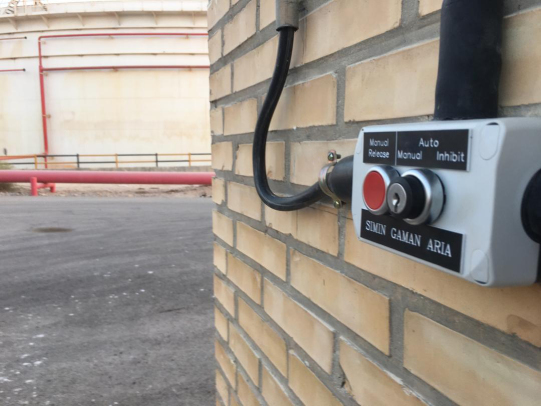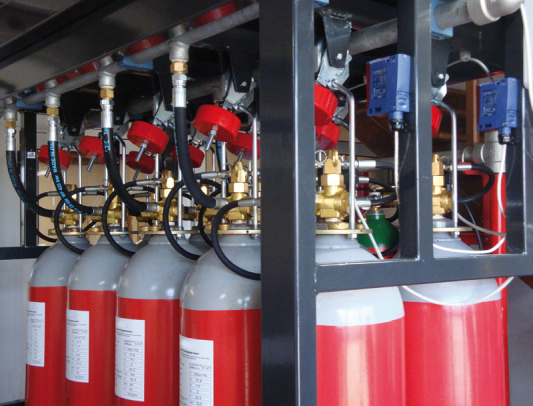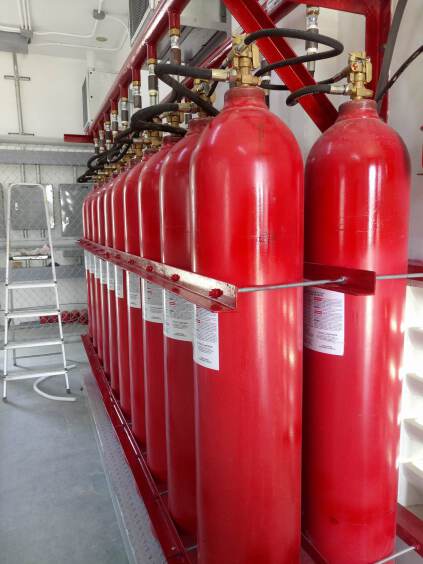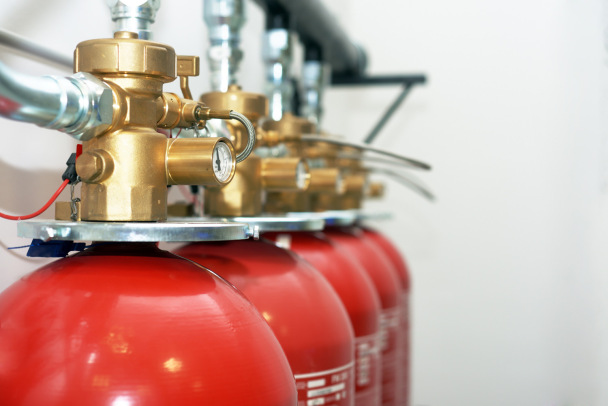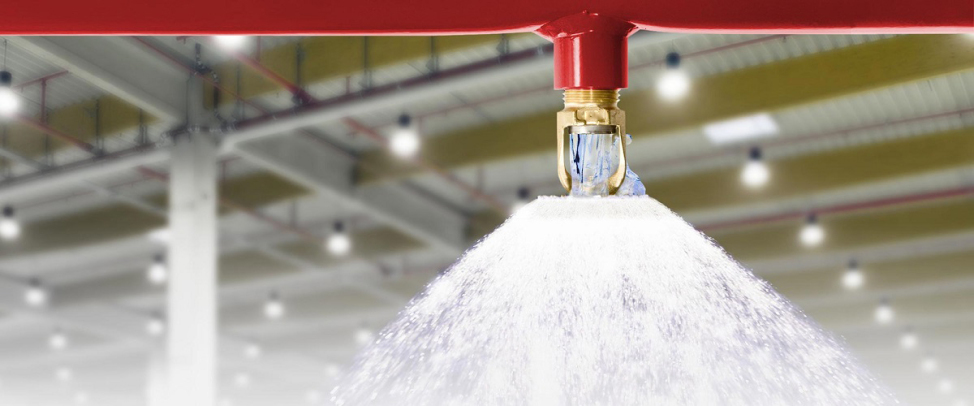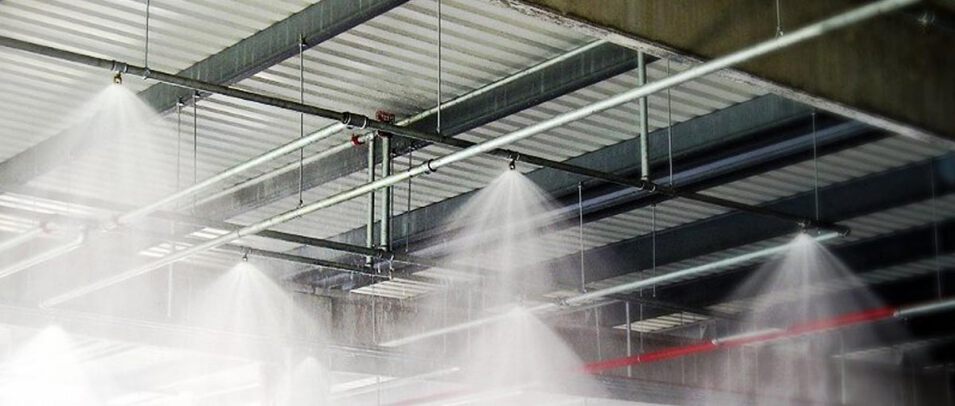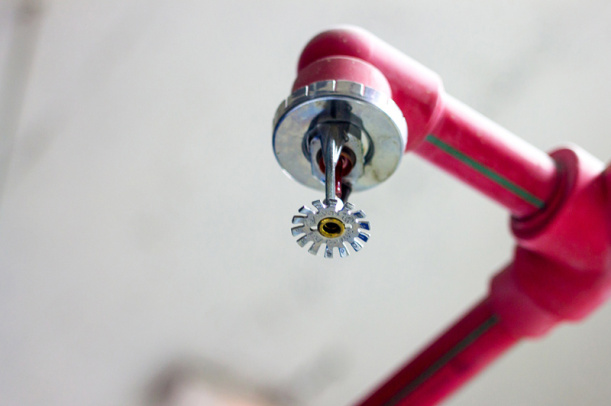CO2 gas fire extinguishing system
Carbon dioxide is the most widely used gas in gas fire extinguishing systems. This gas is odorless, toxic, heavier than air (1.5 times the density of air) and electrically insulating. At the very initial stage of a fire, CO2 gas surrounds the fire, preventing oxygen from reaching the combustible materials, and at the same time, with the help of its high cooling properties, it prevents the spread of the fire and extinguishes it.
One of the distinctive features of CO2 gas is that it does not leave any residue, which prevents damage to existing equipment. Also, due to its lack of electrical conductivity, it is very suitable for electrical and electronic fires.
A CO2 gas fire extinguishing system consists of one or more cylinder banks, usually 67 liters, which are charged with the aforementioned gas, and a fire alarm system. This gas is discharged through specially designed nozzles to the extinguishing area. If more than one area is intended for fire protection in a building, in order to reduce costs, the number of cylinders of the CO2 fire extinguishing system is designed based on the largest area and the remaining areas are protected using selector valves by discharging a number of these installed cylinders. In this type of design, it is assumed that the possibility of more than one fire occurring at the same time within the protection area of this system is not possible.
CO2 Fire Extinguishing System Applications:
- Electrical Equipment
- Electrical Rooms
- Power Plants
- Flammable Liquid Storage Tanks and Warehouses
- Transformers
- Instrument Centers
- Engine Rooms
Gas fire extinguishing system
Halocarbon gas is one of the most widely used gases in fire extinguishing, which is non-toxic, colorless, environmentally friendly and electrically non-conductive and does not pose a danger to humans. This gas extinguishes the fire by interrupting the reaction chain of the fuel and oxygen, and after the fire extinguishing operation, there is not much residue due to the special additives in each brand. Therefore, the halocarbon fire extinguishing system is one of the extinguishers approved by global organizations such as EPA, NFPA, etc. These systems are widely used for extinguishing fires in places where there is an operator.
Applications of the halocarbon fire extinguishing system
- Server rooms
- Archive centers
- Control rooms in various industries
- Libraries
- Telecommunications centers
- Laboratories
- Museums
Halocarbon gas fire extinguishing system - HFC
Inert gases, which are elements in column 8 of the periodic table, do not tend to undergo chemical reactions under normal conditions. In extinguishing a fire, these gases reduce the oxygen concentration of the environment to 15 percent, at which point humans can breathe, but the fire is extinguished. One of the advantages of this system is that it can be used in environments where humans are present. Another advantage of using this system is that it is environmentally friendly.
Common gases from this group in extinguishing fires include IG-55 (aragonite), IG-100 (nitrogen), IG-01 (argon), and IG-541 (inergen).
It is recommended that this system be used in locations that have walls that can withstand positive pressure.
Inert gas fire extinguishing system
Water fire extinguishing system
Automatic water extinguishing system is used as the most common fire fighting solution in various industries and buildings. Water fire extinguishing system is a type of sprinkler system that is used to suppress fire. This system has different types and special designs depending on the place of use, type of fire and environmental conditions. This system can be implemented in two general ways: sprinkler or spray nozzle. It is also possible to design and implement this system dry, which provides the use of this system in cold regions where there is a possibility of water freezing.
The general components of this system include: - Water storage tank, fire pump, control valves and spray nozzles.
Uses of water fire extinguishing system:
- Office - residential - commercial buildings
- Electrical transformers
- Cooling of tanks and chemical storage tanks
- Ports
- Parking lots
- Industrial warehouses and sheds

